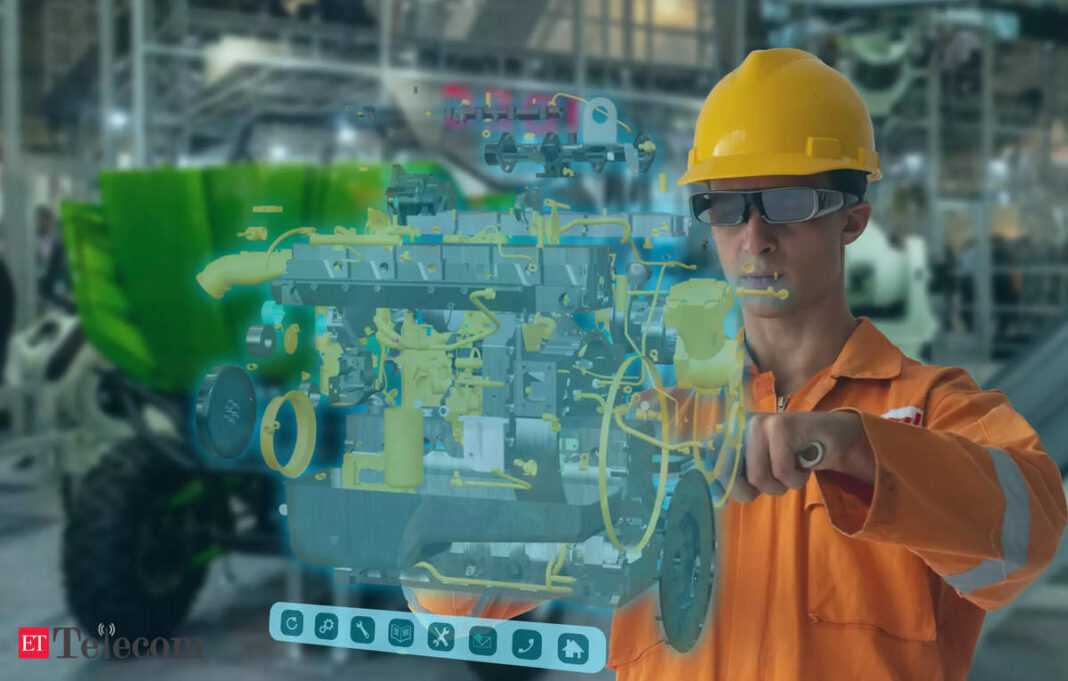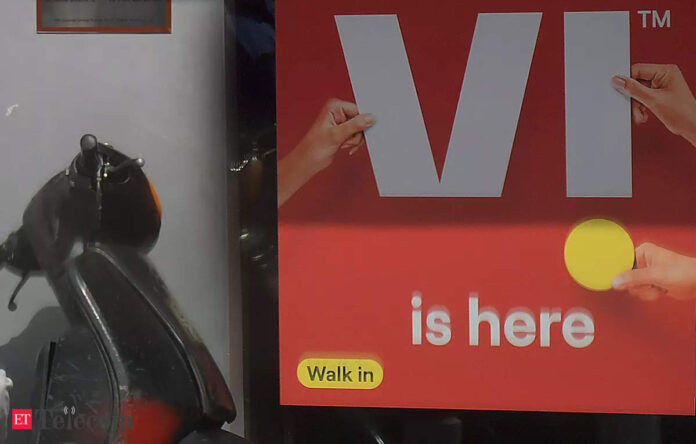In Short:
The Department of Telecommunications (DoT) in India is launching a digital twin initiative to boost 5G monetisation efforts for telecom operators and drive Industry 4.0 advancements. The initiative aims to improve infrastructure planning through telecom networks, IoT, and AR/VR technologies. Various companies like Airtel, Esri, and Dell are participating in the project. Challenges include cost, collaboration, and ROI concerns, but the future of digital twins in India is uncertain.
DoT’s Digital Twin Initiative to Boost Indian Telecom Sector
Experts believe that the Department of Telecommunications (DoT) digital twin-focused initiative will greatly benefit Indian telecom operators in their 5G monetization efforts and propel industries into the Industry 4.0 era.
Key Highlights
A digital twin is a virtual model of a physical environment, processes, assets, and machines connected to telecom networks via the Internet of Things and other sensors.
SP Kochhar, Director-General of the Cellular Operators Association of India (COAI), stated, “Digital twins are getting increasingly relatable and accessible, with various industries excited to harness the technological prowess and accelerate its uptake in the coming years due to its immense potential across industries. Industry 4.0 can use digital twins to enhance efficiency, predictive maintenance, and process optimization.”
Sangam: Digital Twin Initiative
The “Sangam: Digital Twin” initiative aims to improve infrastructure planning and design by leveraging telecom networks, IoT, augmented reality/virtual reality (AR/VR), sensing, and computing technologies. DoT has shortlisted 144 participants in the first phase, including Airtel, Esri India, Accenture India, and others.
Asit Kadyan, Deputy Director General at DoT, is managing the project. A consortium of companies may conduct the first proof-of-concept of a digital twin in Varanasi, Uttar Pradesh, to solve infrastructure-related challenges.
Expert Insights
Agendra Kumar, Managing Director of Esri India, mentioned, “We have been involved with the Varanasi smart city for several years. We made a 3D model of the city to understand how the city’s infrastructure can be improved. Compared to 3D models, digital twins typically have better resolution, better data, and more granular information.”
Amantya will contribute to three sub-parts of the DoT initiative – Digital Twin – Sanchar Sanyojak, Digital Twin – Prashikshan, and Digital Twin – Sahayta.
Global Adoption
Globally, countries like China, Japan, South Korea, Germany, France, and the UK are actively incorporating digital twin technology for various applications.
Challenges
Gareth Owen from Counterpoint Research highlighted the challenges of efficient collaboration and execution, funding, and lack of awareness among stakeholders. Manish Mangal from Tech Mahindra emphasized the importance of balancing cost and capability to ensure the viability and effectiveness of digital twins.
The challenges faced in deploying digital twins, infrastructure upgradation, and uncertainty about the RoI of the technology pose further obstacles for enterprises.
It remains to be seen if this technology will witness significant adoption in India in the near future.





